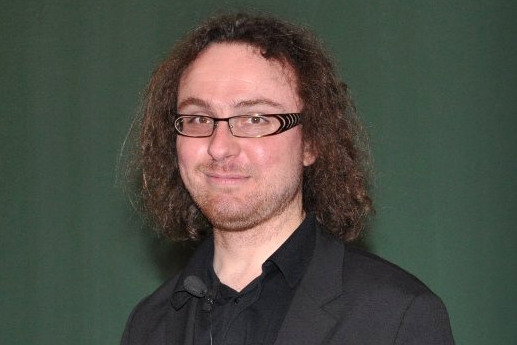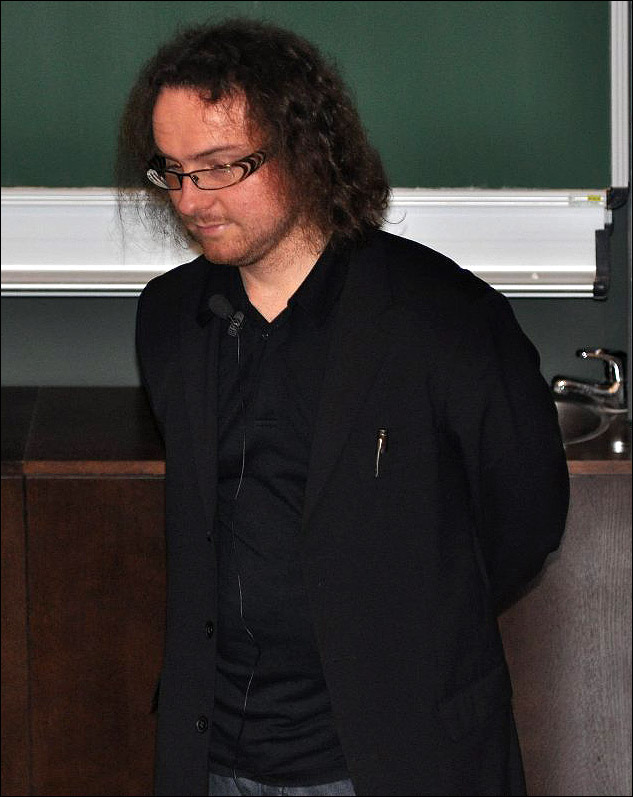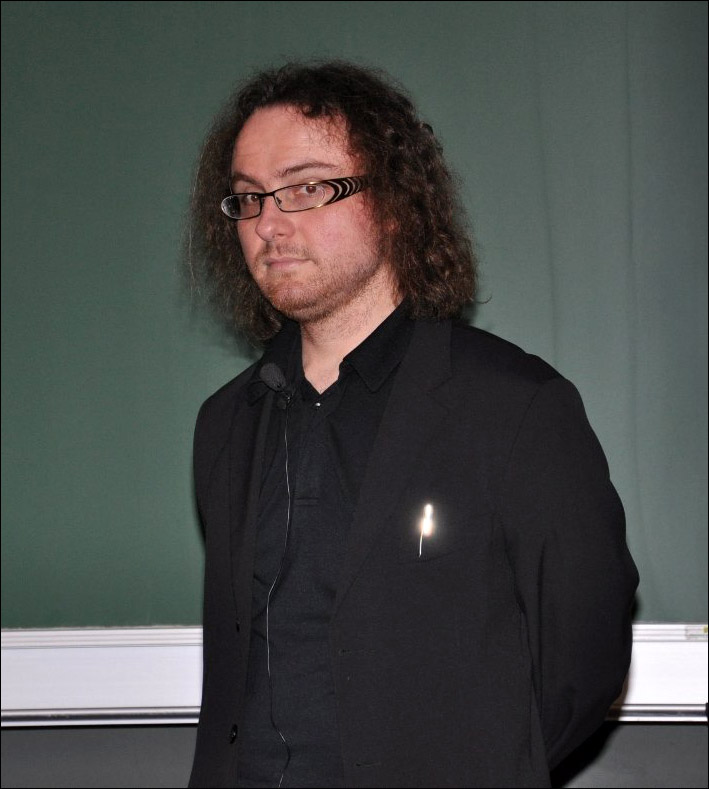
Prof. Janusz M. Bujnicki (International Institute of Molecular and Cell Biology, Warsaw & Adam Mickiewicz University, Poznañ, Polsko)
New Methods for 3D Structure Prediction of RNAs and RNPs
Abstrakt
In analogy to proteins, the function of RNA depends on its structure and dynamics, which are encoded in the linear sequence. While there are numerous methods for computational prediction of protein 3D structure from sequence, there have been however very few such methods for RNA. I will review our recently developed tools for RNA 3D structure prediction, including ModeRNA (template-based or comparative/homology modeling) and SimRNA (template-free or de novo modeling), as well as a project focused on protein-RNA docking.
ModeRNA requires as an input a 3D structure of a template RNA molecule, and a sequence alignment between the target to be modeled and the template. It can model posttranscriptional modifications, a functionally important feature analogous to posttranslational modifications in proteins. It can model the structures of RNAs of essentially any length, provided that a starting template is known.
SimRNA can fold RNA 3D structure starting from sequence alone. It is based on a reduced representation of the polynucleotide chains (3 atoms per nucleotide) and uses a Monte Carlo sampling scheme to generate moves in the 3D space, with a statistical potential to estimate the free energy. The current implementation based on simulated annealing is capable of finding a native-like conformation for RNAs <100 nt in length, with multiple runs required to fold long sequences.
We have also developed a method for low-resolution protein-RNA docking. It uses a reduced representation both for RNA and protein molecules and a statistical potential to describe their interactions. For generations of poses we use GRAMM. The selection of potentially native-like complexes is carried out based on clustering of top-scoring poses. According to our tests, the method is capable of discriminating poses with RMSD < 10 Å to the native structure.





